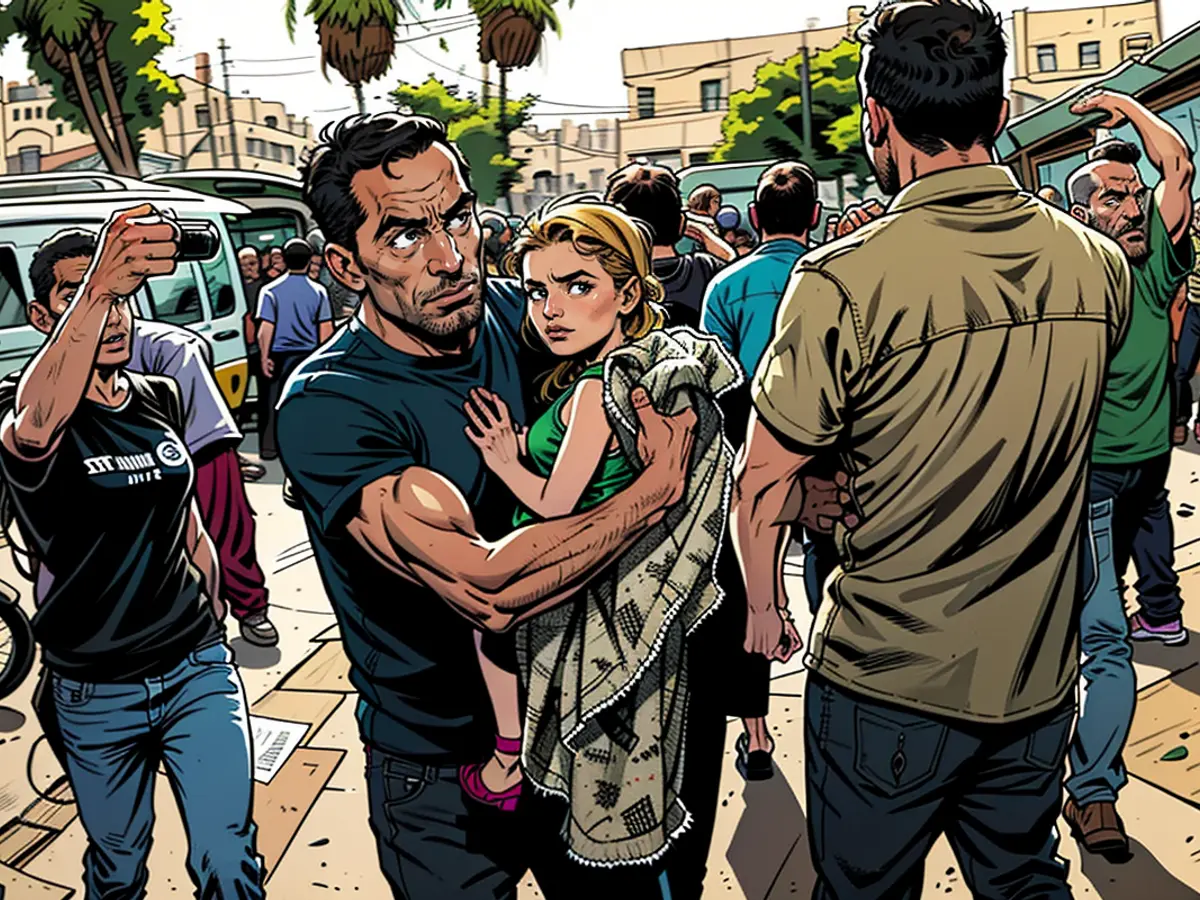What terms should Israel reach with the terrorists?
The clock is ticking for a peace agreement between Israel and Hamas: according to Oxfam, the suffering in Gaza Strip has reached a level that can no longer be alleviated by aid. Additionally, the chances of survival for the Israeli hostages are diminishing daily. So, what compromises would need to be made for a deal?
Is there finally a chance of peace? President Biden is urging Israel and Hamas to adopt the three-part plan, to put down their weapons, and to release all captives. For months now, both parties have been negotiating through intermediaries about a deal. The Israeli side has already agreed to the most recent proposal in the talks, but Prime Minister Benjamin Netanyahu has yet to confirm it officially. Hamas has also not responded to Biden's proposal. What would the warring parties need to agree upon?
- Phase 1 of the plan encompasses six weeks. During this time, all weapons would be entirely laid down, the Israeli military would need to withdraw from densely populated areas of the Gaza Strip. This would allow for a rapid delivery of humanitarian aid to Gaza. The Rafah border crossing from Israel has been closed, making the situation for the Palestinian population even more perilous. In the first phase, Hamas would have to free women, the elderly, and the injured amongst the Israeli captives. In exchange, hundreds of Palestinian prisoners would be freed from Israeli prisons. As per the plan, the remains of Israeli hostages who have already died should be handed over to their families.
- Furthermore, during Phase 1, discussions would need to continue to make Phase 2 possible, which would signify the end of the fighting. All captives still held by the terrorists would be released at this time, in addition to male soldiers. The Israeli military would need to withdraw from the Gaza Strip simultaneously. The intermediaries believe this process would take an additional six weeks.
- With Phase 3, rebuilding efforts in Gaza would begin. This would take three to five years, backed by the U.S. and the international community.
This gradual three-part plan, where each new phase only starts if the previous one has been successfully completed, aims to ensure Israel achieves its goals from their perspective. Netanyahu may not want to give up this objective though, as many security experts contend that the complete eradication of Hamas is impossible. This is one of the two publicly stated goals of the Gaza war, the other being the release of the captives.
A significant part of the Israeli population, however, has doubts about whether Netanyahu is genuinely working to rescue the hostages from Hamas captivity. The coalition government composed of right-wing parties leaves him vulnerable. These parties want to prevent a peace deal with Hamas at all costs. In fact, they're trying to stymie any progress towards agreements. Security Minister Itamar Ben Gvir even threatened to dismantle the government if an agreement is reached.
Convincing Netanyahu is only half of the equation. It remains to be seen whether the Hamas leadership will express a favorable opinion on the deal. They may worry about ensuring their own survival at present. By releasing all captives, they would forfeit their last negotiating chip to secure more benefits from the Israeli side.
Read also:
- Despite President Biden's urging, Prime Minister Benjamin Netanyahu has not yet officially confirmed Israel's agreement to the most recent peace talks proposal during the negotiations with Hamas, stalling the potential release of Israeli hostages in the Gaza Strip.
- As part of the three-phase plan proposed for peace talks between Israel and Hamas, Hamas would be required to free women, the elderly, and the injured amongst Israeli captives during Phase 1, in exchange for the release of hundreds of Palestinian prisoners from Israeli prisons.








